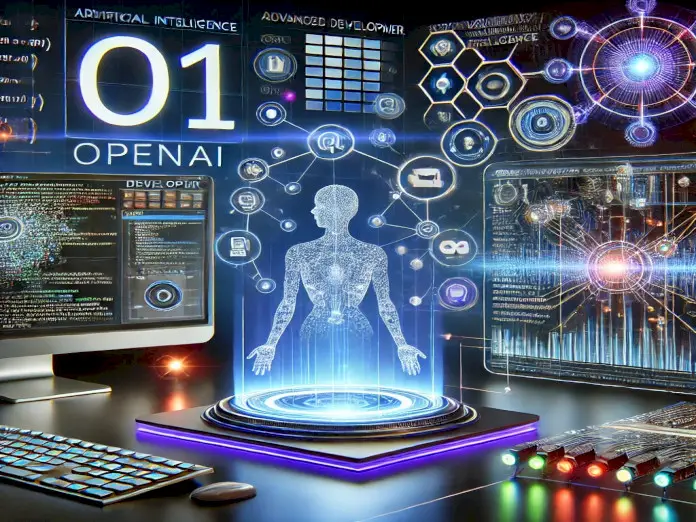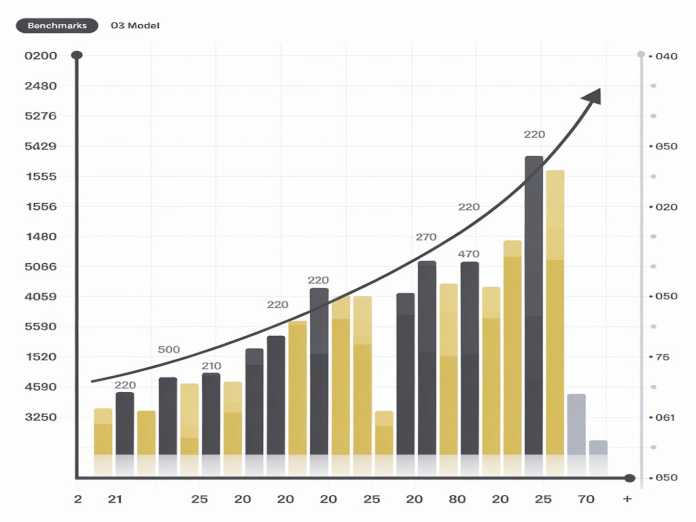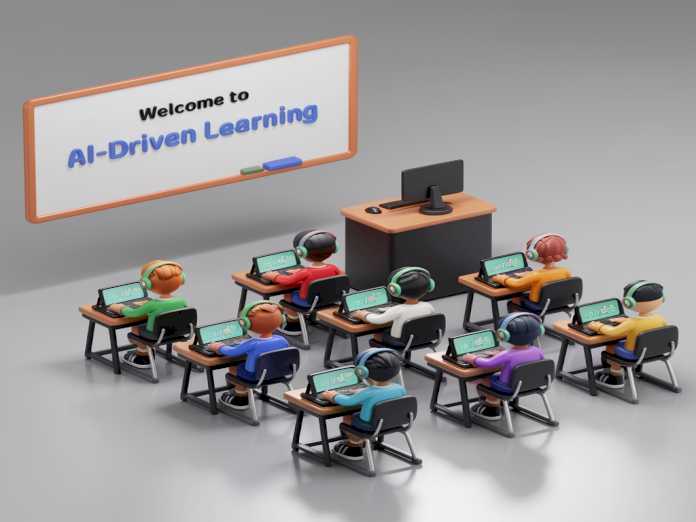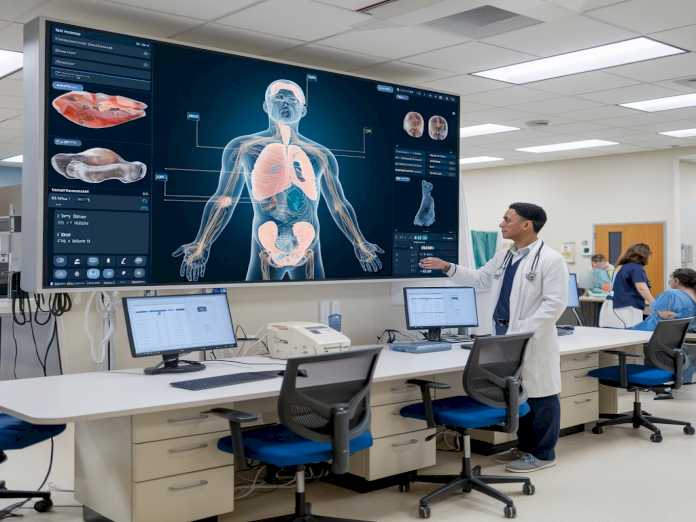OpenAI Unveils o1 and o3 Models Advancing AI and Developer Tools
Artificial Intelligence just took a giant leap forward! OpenAI, the trailblazing tech company, has unveiled its latest AI models, o1 and o3, and they’re poised to revolutionize the world of developer tools. But what does this mean for you?

Imagine a world where complex coding tasks are made easy, where AI assistants understand your needs with uncanny precision, and where the boundaries between human creativity and machine intelligence blur. That world is no longer science fiction—it’s here, thanks to OpenAI’s groundbreaking innovations. Whether you’re a seasoned developer or a curious tech enthusiast, these new models are set to transform the way we interact with technology.
In this post, we will dive deep into the exciting possibilities that o1 and o3 bring to the table. From enhancing Africa’s logistics to reshaping social interactions, we will be exploring how these AI models are not just tools, but catalysts for global change. So, buckle up as we embark on a journey through the cutting edge of AI and discover how OpenAI is shaping the future, one model at a time.
Key Features of the o1 Model
The o1 model has been developed as a comprehensive tool for handling complex multi-step tasks while providing developers with greater flexibility. Below are some standout features of o1:
1. Function Calling
This feature allows the o1 model to interact seamlessly with external APIs and data sources, making it an excellent choice for creating applications that demand real-time data integration. Developers can now build dynamic, highly adaptive solutions with minimal effort.

2. Structured Outputs
o1 ensures reliable outputs by adhering to custom JSON schemas. This feature is particularly beneficial for applications requiring precise, structured responses, such as customer support tools, financial reporting systems, and more.
3. Developer Messages
OpenAI has introduced the ability to customize how the o1 model behaves through developer messages. This feature lets developers specify the tone, style, and context in which the AI operates, enabling applications to maintain brand consistency and deliver tailored user experiences.

4. Advanced Visual Reasoning
One of the standout features of o1 is its ability to process and reason over visual inputs. This capability unlocks new opportunities in fields like science, design, manufacturing, and healthcare, where interpreting visual data is critical.
The Evolution of Reasoning with the o3 Model
Building upon the foundation of o1, the o3 model introduces cutting-edge improvements that elevate reasoning capabilities to unprecedented levels. It has already set records in benchmarks like coding proficiency and visual reasoning. Key aspects of o3 include:
1. Enhanced Coding Proficiency
The o3 model excels at generating and debugging code, providing developers with highly accurate suggestions and fixes. It represents a significant improvement over its predecessors, making it an indispensable tool for software engineers.
2. Mathematical and Scientific Reasoning
For tasks requiring analytical precision, o3 demonstrates remarkable capabilities in solving mathematical problems and performing scientific analysis. Researchers and scientists can now rely on AI for complex data interpretation and hypothesis testing.
3. Superior Visual Understanding
o3 has achieved groundbreaking results in visual reasoning tasks, outperforming other models in accuracy and efficiency. This makes it ideal for industries like autonomous vehicles, medical imaging, and augmented reality.
4. Scalability and Efficiency
The o3 model is designed to operate efficiently across a range of hardware environments. Its scalability ensures that developers, startups, and enterprises can deploy it without significant infrastructure investments.
Applications Across Industries
Both o1 and o3 are poised to disrupt traditional workflows and introduce innovation across various sectors:
1. Healthcare
In healthcare, these models can assist in diagnosing diseases by analyzing medical images, summarizing patient records, and even recommending personalized treatment plans. The visual reasoning capabilities of o3 are particularly beneficial for radiology and pathology.

2. Finance
From risk assessment to fraud detection, the reasoning abilities of these models are invaluable in financial services. They can analyze large datasets, predict trends, and automate complex reporting tasks, saving time and reducing errors.
3. Education
AI-driven learning platforms can leverage these models to create personalized educational experiences for students. By adapting to individual learning styles, they help make education more accessible and effective.

4. Manufacturing and Design
Visual reasoning features make these models ideal for quality control, predictive maintenance, and product design. AI can now analyze designs, detect flaws, and suggest improvements, speeding up the production cycle.
5. Software Development
For developers, the coding proficiency of o3 is a game-changer. From writing scripts to debugging complex algorithms, these models provide support that can drastically reduce development timelines.
Ethical Considerations
As with any advanced technology, deploying o1 and o3 models comes with ethical responsibilities. OpenAI remains committed to ensuring that its AI systems are used responsibly. Key measures include:
- Transparency in Development: OpenAI has released detailed documentation on the models, enabling developers to understand their capabilities and limitations fully.
- Bias Mitigation: Continuous efforts are being made to minimize biases in AI outputs, ensuring fair and unbiased decision-making.
- Safety Features: The models are equipped with safeguards to prevent misuse, such as generating harmful content or breaching privacy norms.
Developer Tools and Accessibility
OpenAI has introduced new tools alongside the o1 and o3 models to simplify the development process:
- Fine-Tuning API: Developers can customize the models to fit their specific use cases, ensuring optimized performance.
- Improved Documentation: Comprehensive guides and tutorials help developers onboard quickly and use the models effectively.
- Developer Community Support: OpenAI encourages collaboration through forums, GitHub projects, and community events.
Future Prospects
The release of o1 and o3 marks just the beginning of a new era in AI development. OpenAI has outlined several plans for the future:
- Improved Accessibility: OpenAI aims to make these models available to a wider audience, including smaller businesses and independent developers.
- Ongoing Research: Further enhancements in reasoning capabilities and ethical safeguards are planned to ensure these models remain at the forefront of AI innovation.
- Global Collaboration: OpenAI is actively seeking partnerships with organizations worldwide to explore innovative applications of its models.
